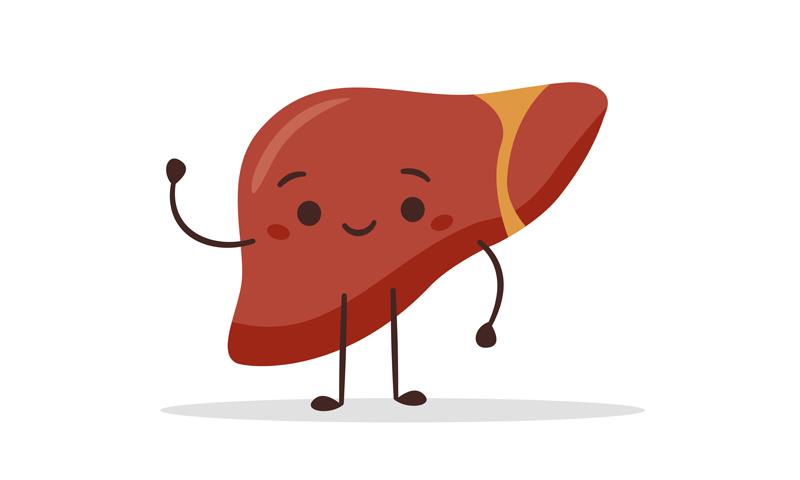Odevixibat shows rapid, sustained benefits in patients with ALGS





Treatment with odevixibat led to rapid and sustained improvements in pruritus and serum bile acid (sBA) levels among patients with Alagille syndrome (ALGS), according to the final data from the phase III ASSERT-extension (ASSERT-EXT) study presented at The Liver Meeting 2024.
“The [rapid and] sustained improvements we have seen in odevixibat-treated individuals living with ALGS are encouraging,” said principal investigator Dr Nadia Ovchinsky from Hassenfeld Children's Hospital at NYU Langone, New York, US, in a press release.
“The results demonstrate not only the potential to manage symptoms like pruritus, which can be extremely difficult for children and their parents to manage, but we are also seeing a consistent safety profile over the long term with sustained tolerability,” she added.
To assess the long-term efficacy and safety of odevixibat among these patients, an open-label 72-week ASSERT-EXT study was conducted involving 50 patients who had previously completed the double-blind 24-week ASSERT study.
In the ASSERT-EXT study, all patients received odevixibat from week 24 through week 72. Patients in the placebo arm were switched to odevixibat (placebo-odevixibat group; n=17, median age 4.6 years), while those in the odevixibat arm remained on the same treatment (odevixibat-odevixibat group; n=33, median age 6.6 years). [The Liver Meeting 2024, abstract 0050]
By week 72, patients who continued treatment with odevixibat showed a sustained improvement in pruritus (mean change from ASSERT baseline, -2.2; p<0.0001), with 93.5 percent achieving ≥1.0-point reduction in observer-reported outcome (ObsRO) scratching score.
Among those who initially received placebo, a rapid improvement in pruritus was observed following the initiation of odevixibat (mean change from ASSERT-EXT baseline, -2.7; p<0.0001), with 76.9 percent experiencing a reduction of ≥1.0-point in ObsRO scratching scores.
The odevixibat-odevixibat group also demonstrated sustained reductions in sBA levels, whereas the placebo-odevixibat group showed a rapid decline. Both groups achieved a mean reduction of 124 and 139 µmol/L, respectively.
Additionally, the results were correlated with improvements in sleep parameters, which showed a reduction in the proportion of days sleeping with a caregiver (-40 percent and -36.15 percent) and needing help falling asleep (-54.9 percent and -36.4 percent) and soothing (-57.7 percent and -42.5 percent), and daytime tiredness (-1.3 percent for both) in the odevixibat-odevixibat and placebo-odevixibat groups, respectively.
There was also an increase in height (8.2 cm) and weight (2.81 kg) in patients treated with odevixibat-odevixibat, as did placebo-odevixibat recipients (10.68 cm and 3.34 kg). “These were paediatric patients, and they were age-appropriate with only modest improvement in actual height and weight Z-scores over time,” said Ovchinsky.
In terms of safety, treatment-emergent adverse events (TEAEs) occurred in 18.2 percent of patients who continued to receive odevixibat, and 41.2 percent of those who switched to odevixibat.
The most common TEAE was diarrhoea, but it did not result in treatment discontinuation. Majority of TEAEs were mild to moderate in severity and considered unrelated to the study drug.
Odevixibat was well tolerated. The safety profile during longer follow-up in ASSERT-EXT was consistent with that in ASSERT, Ovchinsky noted.
“Overall, improvements in pruritus and reductions in sBAs with odevixibat in ASSERT were sustained in ASSERT-EXT for up to 96 weeks,” said Ovchinsky. “These robust, long-term data demonstrate sustained efficacy and tolerability in patients with ALGS remaining on odevixibat treatment for cholestatic pruritus.”
“Furthermore, treatment-naïve patients who entered ASSERT-EXT achieved rapid improvements in pruritus and reductions in sBAs following odevixibat initiation,” she noted.